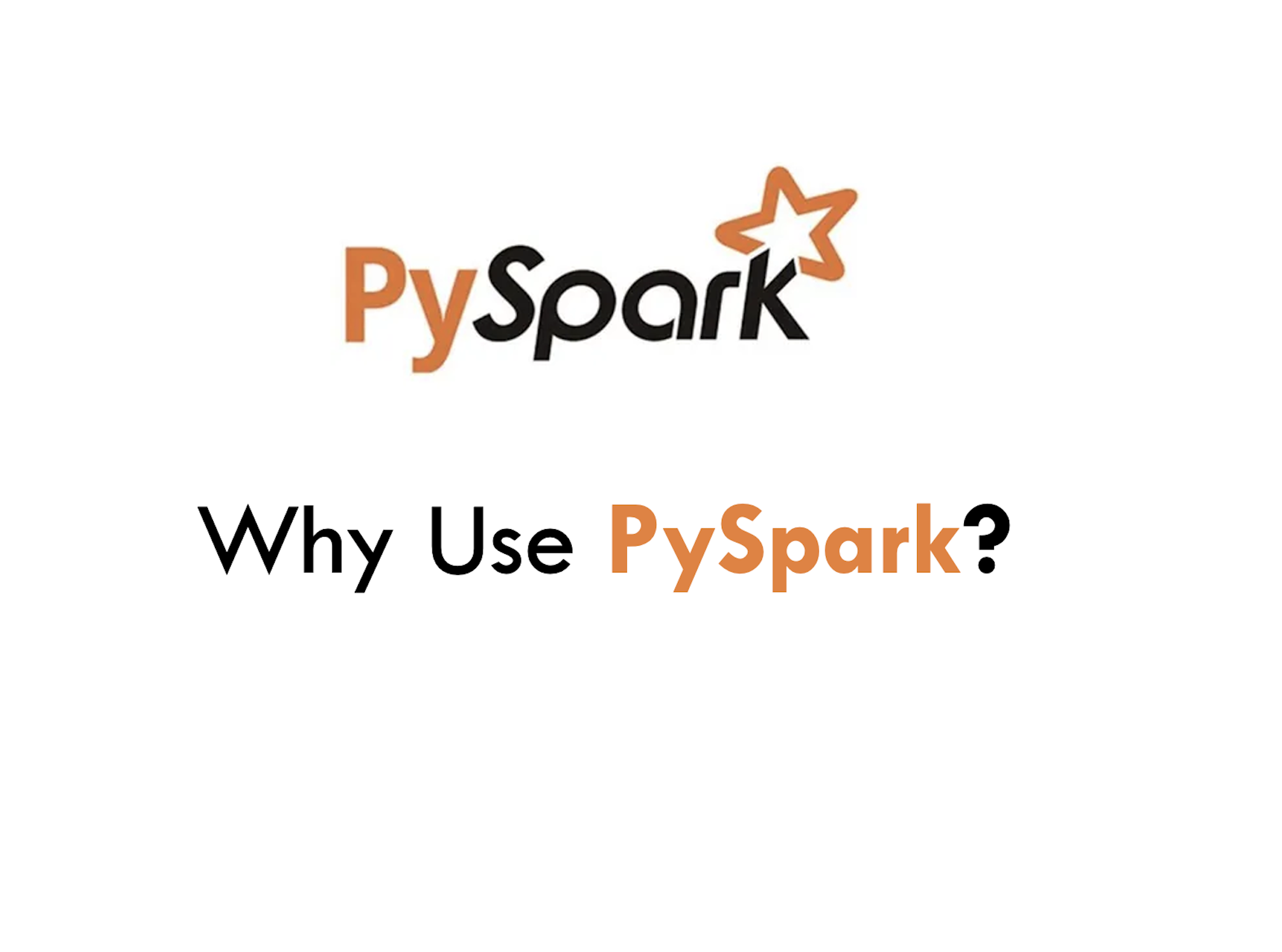Why Use PySpark?

Why would you want to use PySpark for your large dataset analytics? Below are some of the benefits of using PySpark:
Fast: Perhaps one of the biggest benefits of PySpark is its speed. PySpark inherited the incredible legacy of Hadoop and added more functionalities that make it a lot faster. Due to its distributed computing capabilities, PySpark can scale computations across a cluster of machines, which enables processing large datasets that may not fit on a single machine. Spark's distributed computing capabilities also make it easy to parallelize computations, which can significantly speed up processing times.
Expressive: As PySpark borrows from Python, it benefits from Python’s expressiveness. Python is a widely used programming language that has gained popularity due to its simplicity, readability, and large community of developers. By using PySpark, developers can leverage the benefits of Python to write distributed computing applications without having to learn a new language. PySpark also borrows and extends the syntax and vocabulary from SQL.
Versatile: PySpark is very versatile. It is everywhere. For example, all major three cloud providers (Amazon Web Services [AWS], Google Cloud Platform [GCP], Microsoft Azure) have a managed Spark cluster. Also, you can easily install Spark on your computer to nail down your program before you scale on a more powerful cluster. Plus, PySpark is open source.
Resources on PySpark:
- Essential PySpark for Scalable Data Analytics by Sreeram Nudurupati
- Data Analysis with Python and PySpark by Jonathan Rioux
